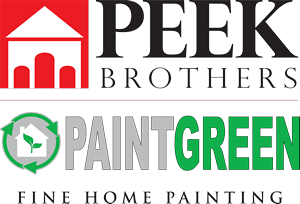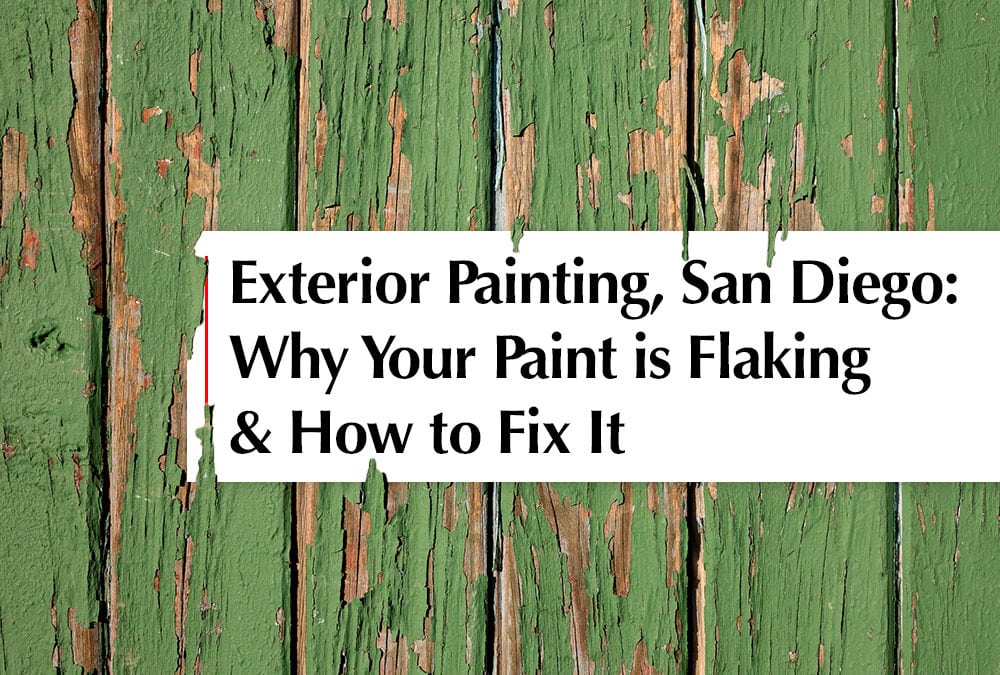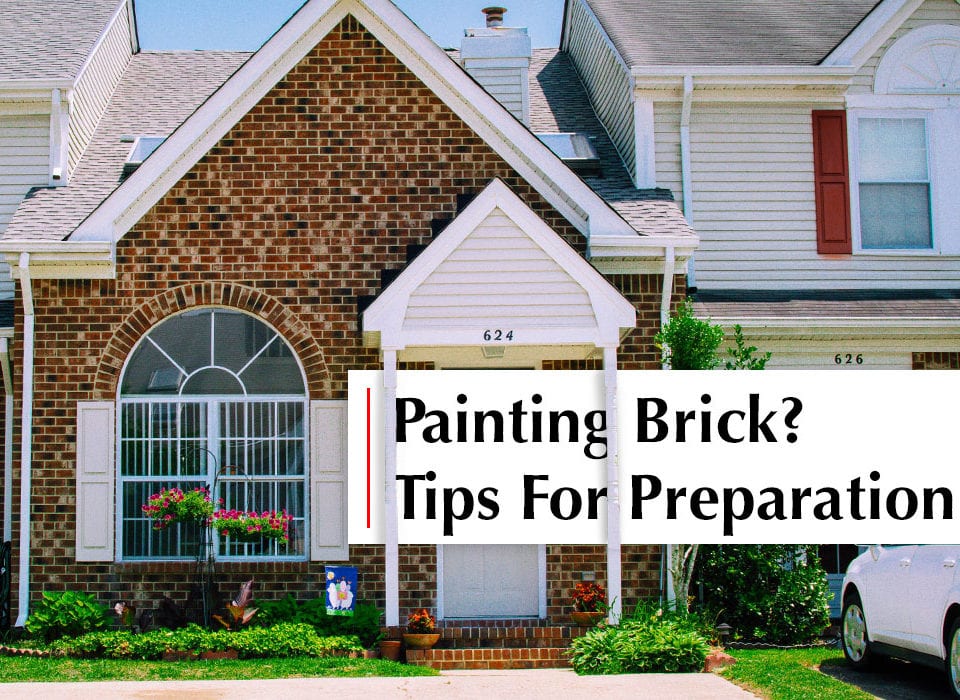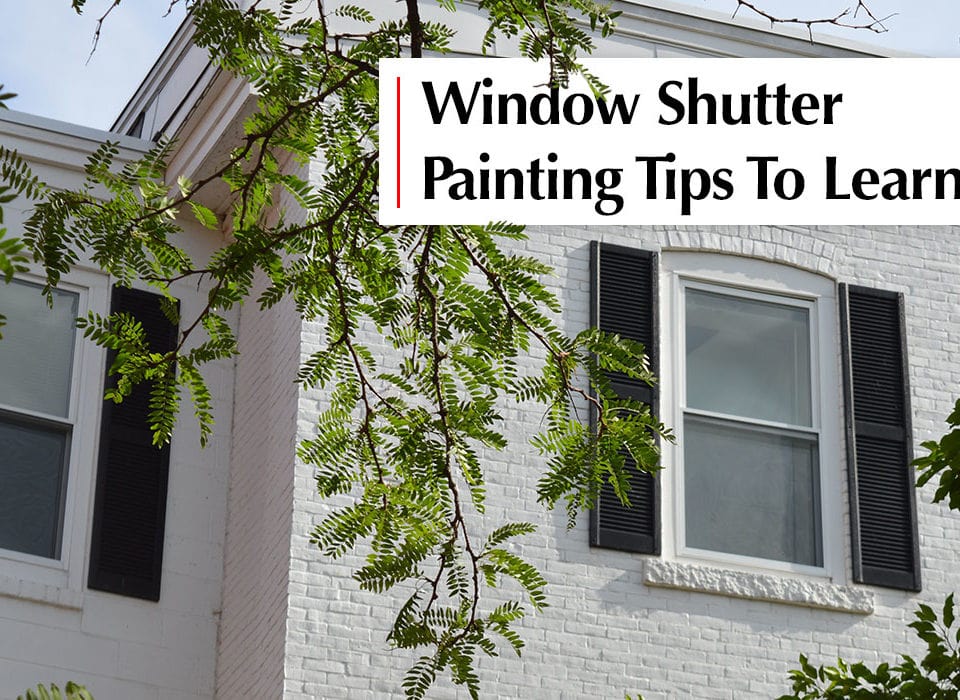Exterior Painting, San Diego: Why Your Paint Is Flaking, And How To Fix It.

Exterior Painting in San Diego? Here is the Checklist
November 10, 2019
St. James By the Sea in La Jolla, CA Repaint 2014
November 20, 2019Exterior Painting, San Diego: Why Your Paint Is Flaking, And How To Fix It.
Your exterior paint job in San Diego is exposed to a wide range of damaging elements such as the backing sun, the frequent temperature fluctuations, and rains. All this can quickly deteriorate your exterior paint job, and it’s the main reason your paint is flaking.
Let’s take a closer look at paint flaking and why it’s happening:
What is paint flaking?
Flaking paint simply means it is the detachment of paint film from the underlying surface in the form of flakes or scales.
It is imperative to check the surface before painting. The surface should be free from dust, grease, etc.
For you to avoid the menace of paint flaking, it’s vital first to understand the possible causes. Here is a quick look;
Poor Surface Preparation
Surface preparation processes are often essential to obtain the maximum adhesion necessary for the paint to stick well in the long term.
Pressure washing to remove dirt and mildew, scraping and sanding for corrosion, and replacing parts in poor condition are some of the recommended tasks before starting the application.
The application of a sealer or primer may also be necessary in some cases.
Surface Temperature Too High
This is a very common problem, especially for an outdoor painting done in the middle of the summer. Always refer to the recommendations on the label of your paint gallon.
For the vast majority of paints sold in San Diego, the application can be done safely, provided that there is no rain or too high relative humidity, between 10 ⁰C and 20 ⁰C.
Above all, we must be wary of metal surfaces that heat up faster and retain their heat longer.
A Temperature of the Surface Too Low
Some products allow application at a temperature as low as 2⁰C. Again, read the product label carefully.
Remember to make sure that the surface temperature will not fall below the recommended temperature for the entire drying time, and drying will be slower if it is cold.
When in doubt, consult a professional painting contractor.
An Incompatibility between the Substrate and the Chosen Paint Product.
Different types of products are designed for different substrates – a paint for metal will not have the same chemical composition as wood paint.
It is essential to identify your starting surface: is it a coating of wood, brick, concrete, iron, aluminum, vinyl, or stucco?
If it has already been painted, can you identify the type of paint that was used?
It is important to be well-advised in a store specialized in paints.
Non-Uniform Paint Layer Thickness
If the thickness of the paint layer is not uniform, wind, rain, and other weather elements will damage it more quickly where it is thinner.
If you’re painting a surface that receives a lot of foot traffic, there will be more friction on the raised parts, which will affect the longevity and smooth appearance of the layer.
The use of a sprayer is often more effective than the roller in applying a uniform layer to an outer coating.
Inappropriate Mixing or Over-Dilution
Even if they’re doing the same job, mixing two products that were not designed to be mixed can produce disastrous results.
Also, excessive dilution of paint will affect its chemical properties.
Often, the paint will become slightly clearer and limpid, but it may also be less adherent. Dilution should be done only by professional painters.
Need Help Repairing your Flaking Paint?
At Peek Brothers Painting, we’re so confident in the quality of services that we now offer extended warranties on painting projects we work on
If you’re looking for quality, professional exterior repainting services in San Diego to keep your house protected and looking good, Peek Brothers Painting would love to help.





